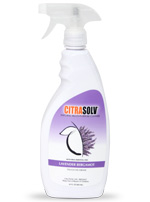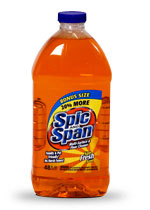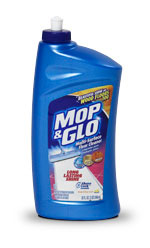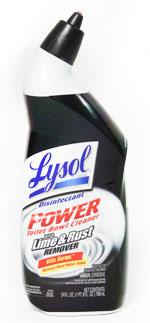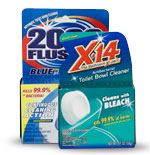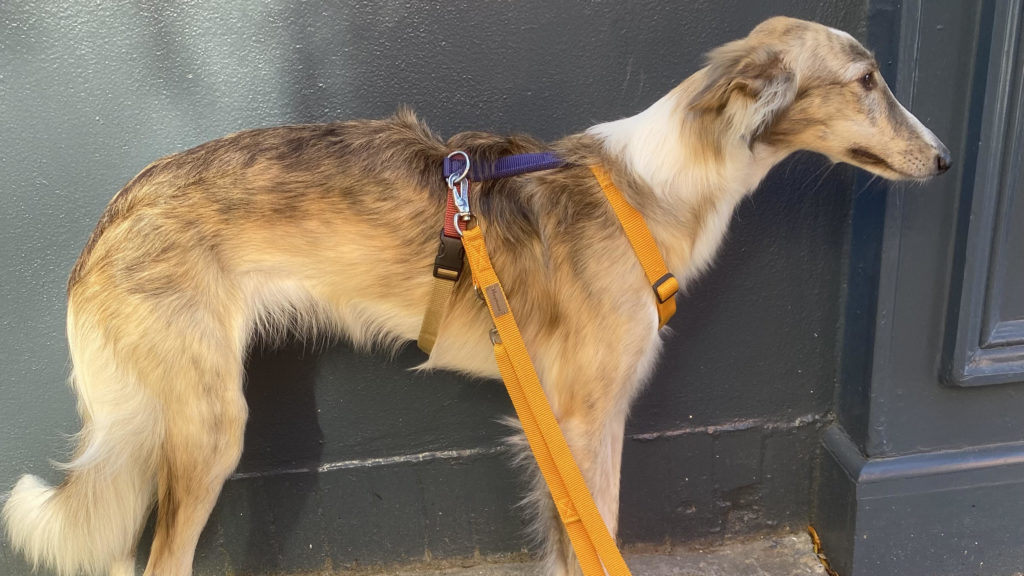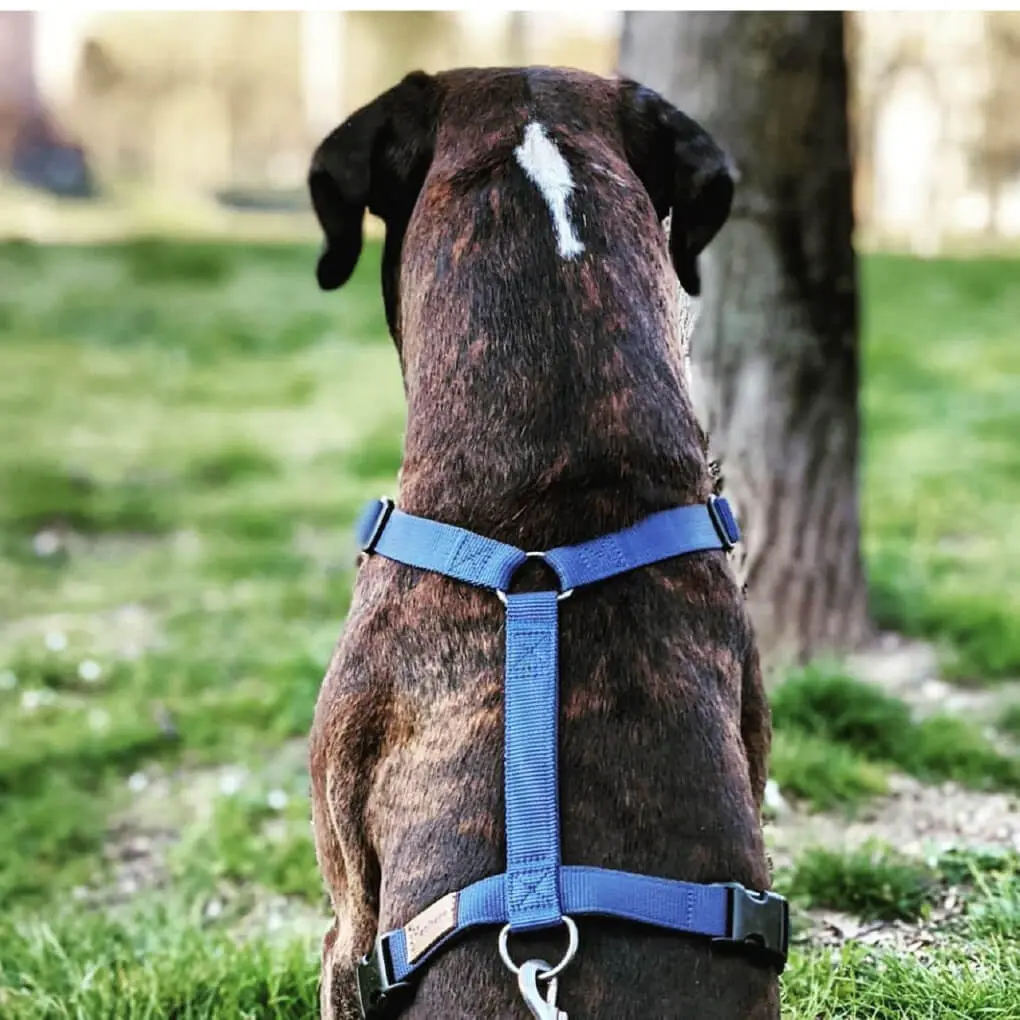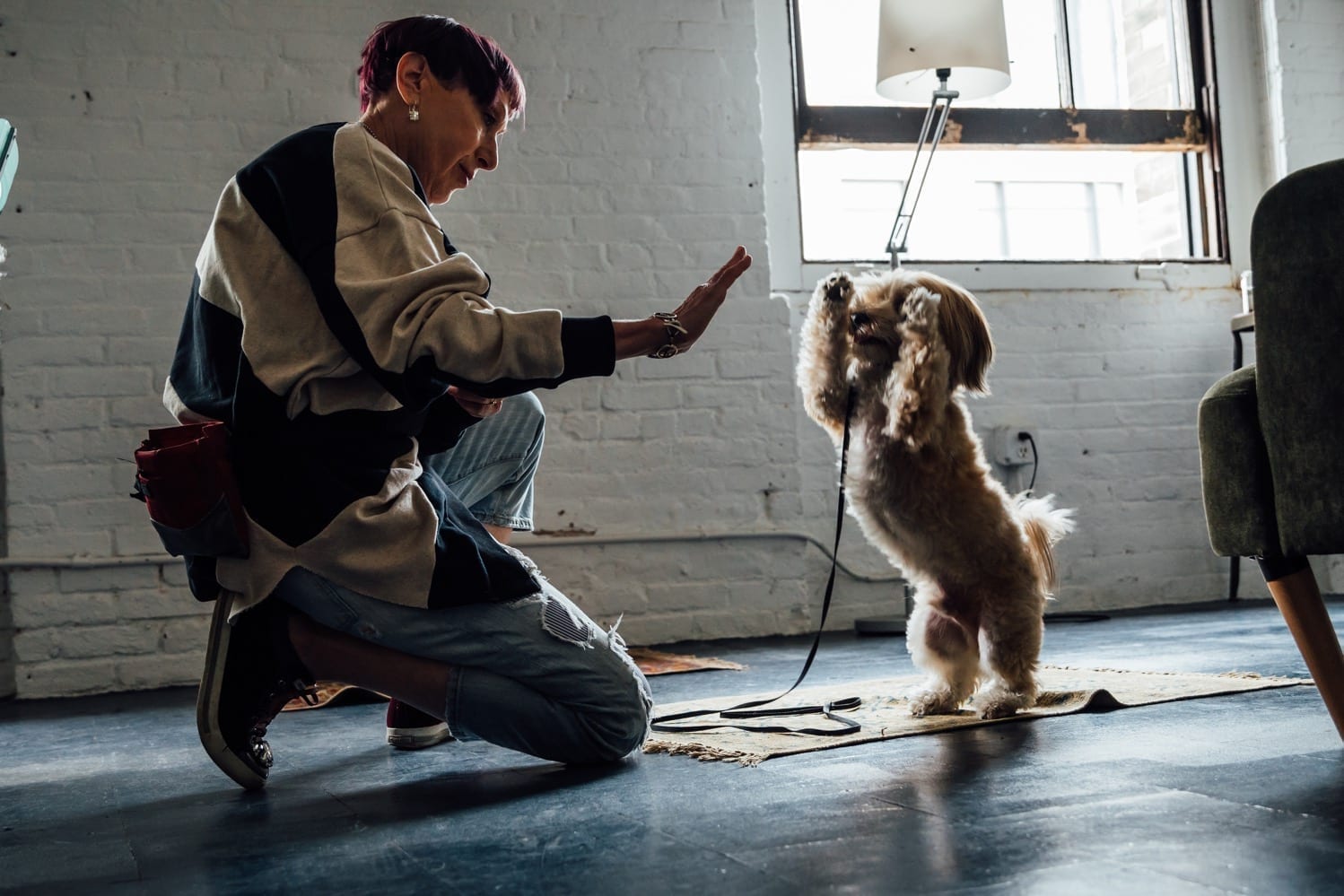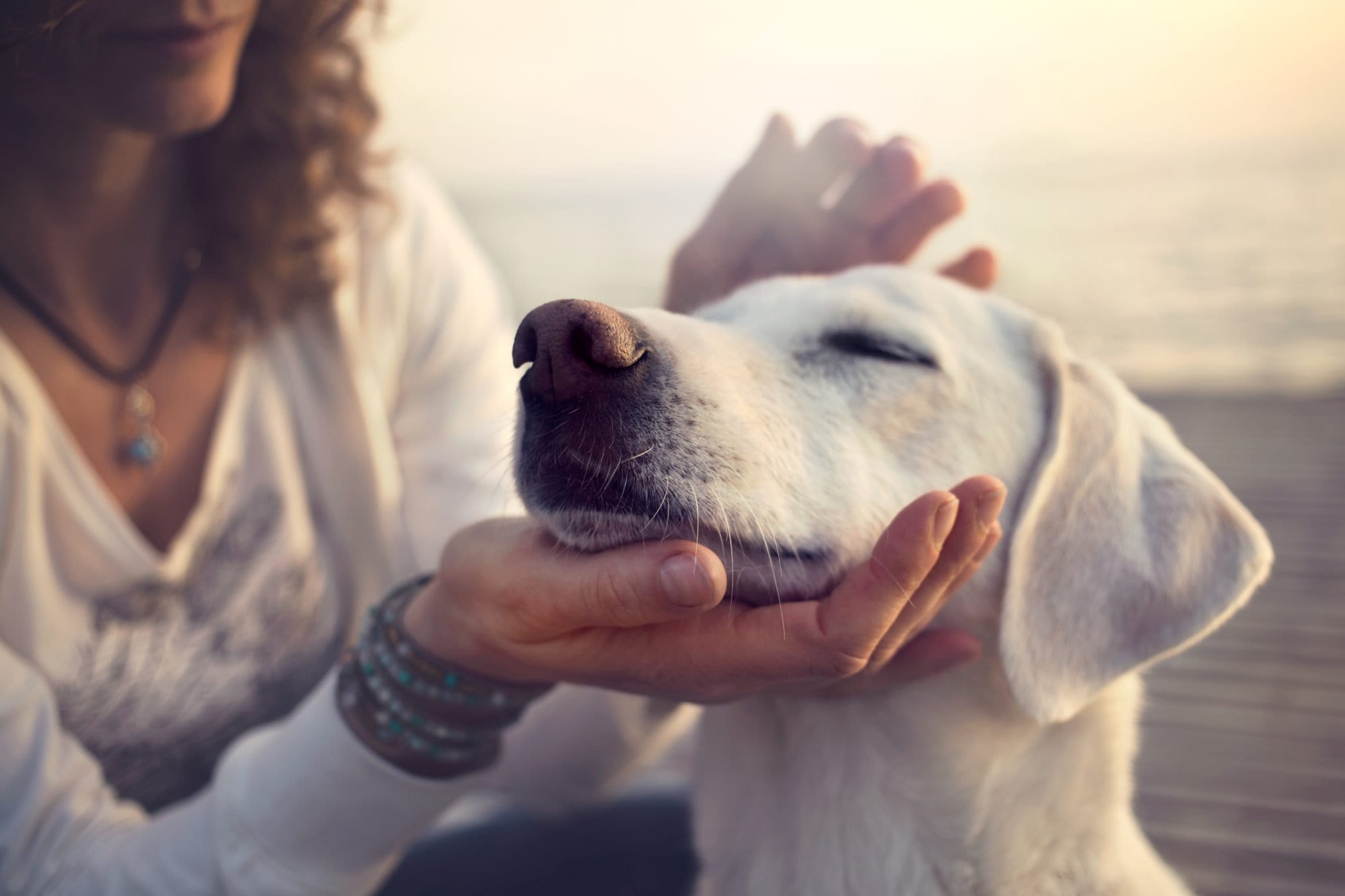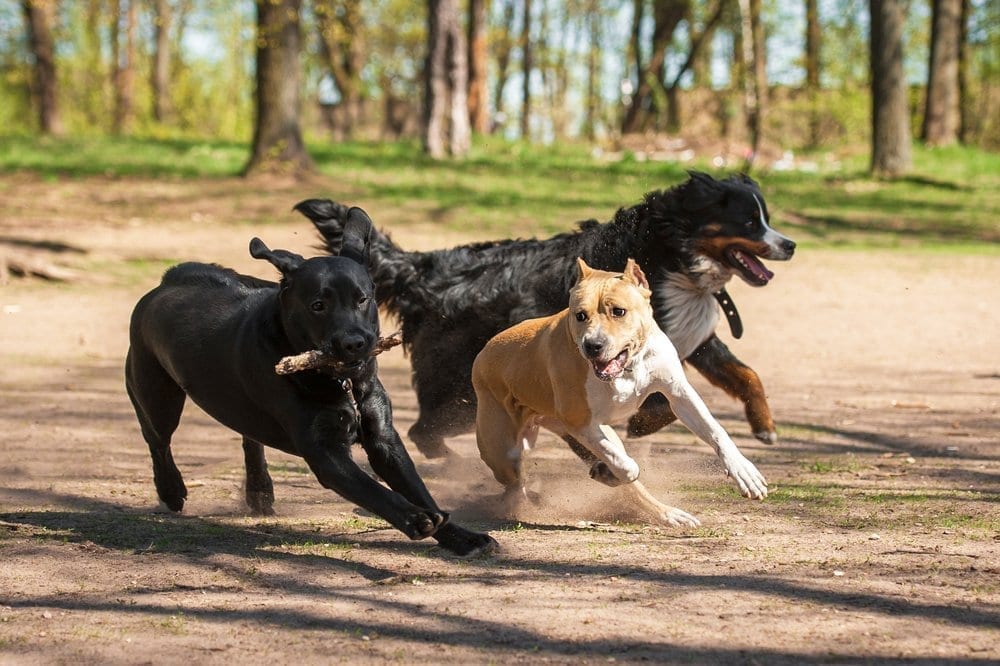Dogs and cleaning products don’t mix. However harmful many common cleaning products are to humans, dogs are especially sensitive to them. Dogs spend a lot more time on our floors, our carpets and even in our toilets! Even many ‘green’ cleaning products are harmful to us and to our dogs.
If you’re worried about harming your dog and family with toxic chemicals, help is soon on its way. The Environmental Working Group (EWG) is releasing a Cleaners Hall of Shame later this fall. They have reviewed more than 2,000 products and 200 brands, even some of those labelled as ‘green’ or ‘natural.’
http://www.dogsnaturallymagazine.com/fatal-when-swallowed/
Below are some highlights of products you will want to avoid.
Greenwashing
Cleaners labeled “safe,” “non-toxic” and “green” can contain hazardous ingredients. There should be a law against bogus claims, but there isn’t. Some companies are willing to bend the truth – because they can. Read more.
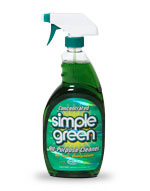
Simple Green Concentrated All-Purpose Cleaner
It’s labeled “non-toxic” and “biodegradable.” It contains:
- 2-butoxyethanol, a solvent absorbed through the skin that damages red blood cells and irritates eyes;
- A secret blend of alcohol ethoxylate surfactants. Some members of this chemical family are banned in the European Union.
Worse, the company website instructs the user to dilute the product significantly for even the heaviest cleaning tasks. Yet it comes in a spray bottle that implies it should be sprayed full-strength. Such use would result in higher exposures.
Citra-Solv Cleaner & Degreaser
These concentrated liquids and ready-to-use sprays contain d-limonene and orange oils from citrus peels. According to the company’s worker safety disclosure, Citra-Solv concentrate is 85 to 95 percent d-limonene. That the oils are derived from citrus implies safety, but sprayed into the air, they can react with trace levels of ozone air pollution to form ultra-fine particles that penetrate deep into the lungs and formaldehyde, which the U.S. government classifies as a known human carcinogen. The California Air Resources Board advises people to limit the use of citrus- or pine oil-based cleaners on smoggy days to avoid exposure to particulates and formaldehyde.
Banned abroad
Spic and Span Multi-Surface and Floor Cleaner
This product contains nonylphenol ethoxylate, which the state of California has banned in cleaning products manufactured after 2012. Products containing this chemical cannot be sold in the European Union. It breaks down to nonylphenol, which can disrupt the hormone system, is toxic to aquatic life and persists in the environment.
Mop & Glo Multi-Surface Floor Cleaner
It contains DEGME, also called methoxydiglycol, at up to 15 times the concentration allowed in cleaners sold in the European Union. The United Nations Economic Commission for Europe says DEGME is “suspected of damaging the unborn child.” (This product is also sold as “Mop & Glo Triple Action Floor Shine.”)
Fatal if swallowed
Lysol Disinfectant Power Toilet Bowl Cleaner with Lime & Rust Remover
This corrosive acid concoction kills bacteria but is also labeled “harmful or fatal if swallowed.” The cleaner’s child-proof cap is an important safety feature. The label warns not to squeeze the container when opening and to wear safety goggles. A bit of this acid in the eye can cause “irreversible damage.”
2000 Flushes and X-14 toilet bowl cleaners
These chlorine-laden discs don’t harm plumbing or septic systems, but according to the label they “may be fatal if swallowed.” The boxes warn customers to wear rubber gloves when handling, hold the disc away from the face and avoid inhaling the fumes. A pet could confuse a disc with a plastic chew toy.
Green Safe Alternatives
The good news is that using non-toxic cleaners is easy, they can clean as well as the commercial products, and they cost much less. With a little preparation (half an hour at the grocery store and half an hour of mixing your own cleaners), you can have a sparkling house that will make your mother-in-law proud, make your home safe for you, your children and your pets; and you’ll save money doing it.
Ingredients: white vinegar, lemon juice, baking soda, Castile soap, tea tree oil, olive oil, empty plastic spray bottles, jars with tops, reusable dusting cloths, old cloth towels or diapers, spatula or cardboard (useful for scooping up solids), club soda, plastic bristle scrub brush and/or dobie-type of sponge, permanent marker to label each container.
Deodorizer/Antibacterial (spray bottle)
Use straight 5 percent white vinegar. Straight vinegar deodorizes; and kills most molds, bacteria and germs. Just spray it on and wipe or rinse it off.
Hard Floors and Surfaces:
Mix vinegar 50/50 with water as a general cleaner, especially for floors.
Toilet Bowl:
Spray or pour a cup of vinegar in the bowl, let it stand an hour, then scrub, with or without baking soda sprinkled on the brush.
Windows & Mirrors (spray bottle)
Mix ¼-½ teaspoon Castile soap with three tablespoons vinegar and 2 cups water. For stubborn fingerprints, use a dab of rubbing alcohol and a dry cloth.
All-Purpose Spray Cleaner (spray bottle)
Mix a few drops of Castile soap with about 2 cups of water.
Furniture Polish (container with lid)
Mix ½ teaspoon oil, such as olive, or better yet, jojoba (which doesn’t go rancid), which will condition the wood, with ¼ cup white distilled vinegar or fresh lemon juice, to lift dirt out of the wood.
Lemon Oil Duster (container with lid)
Mix 10 drops of pure lemon oil with 2 tablespoons lemon juice and a few drops of olive oil or jojoba.
Sinks, Tubs, Tiles, and Pots & Pans (mix on the spot)
Mix ½ cup of baking soda and a little Castile soap. Scoop onto a sponge or mesh cleaning pad and scrub. Baking soda alone works almost as well; I keep a shaker bottle of baking soda at the kitchen sink and one in my cleaning kit, which I refill from large containers.
Carpet Deodorizer
Sprinkle baking soda around the room. If you like, add a little dried crushed lavender. Allow it to sit for about 30 minutes, then vacuum.
Dog-Specific Cleaning
Urine or Poop
For urine on a hard surface, wipe up liquid with a cloth. Spray 50/50 white vinegar and water solution on the stain and let it sit for several minutes. Then, blot the solution up with a clean cloth. If the spot stinks, pour some baking soda onto the area and let it sit for a few minutes before wiping up with a damp cloth.
For urine on carpet, try to clean it when it’s wet. If that’s not possible put a little warm water or club soda on the stain, wait a few seconds, and start to blot with a cloth. Follow with a 50/50 water- vinegar spray; let it sit a few minutes; blot again. Pour baking soda on the spot, let it sit overnight, then vacuum.
For poop, remove solid matter, then blot up moisture with rags or paper towels. Vacuum up any loose bits. Then follow the procedure for urine removal above.
Vomit
The acid in vomit can stain fast, so scoop it up, adding warm water to get any that doesn’t come up easily. Coat the area with baking soda, let it dry, vacuum it up, then pour some club soda on and blot it up. If the area is discolored, try an oxy clean product, or another nontoxic cleaner/stain remover formulated for pet stains (find one at your health food store). Enzymatic cleaners ‘digest’ stains, so give them some time to work.
Blood
For fresh stains, rub an ice cube over the stain, then rinse with cold water. Blot. Put 3% hydrogen peroxide on the spot (hydrogen peroxide loses its power after a year, so make sure it’s fresh). Let it bubble. Blot. Repeat. Rinse. Blot. Other potential solutions: milk, followed by cool water rinse; or a corn starch/water paste left until dry and then vacuumed; or a paste made from meat tenderizing crystals and cold water – let it stand for an hour, then rinse.
Deb Percival writes about animals, sustainability, eco-travel, and well- ness for a number of magazines and websites. She and her husband share their house with two awesome black labs.



